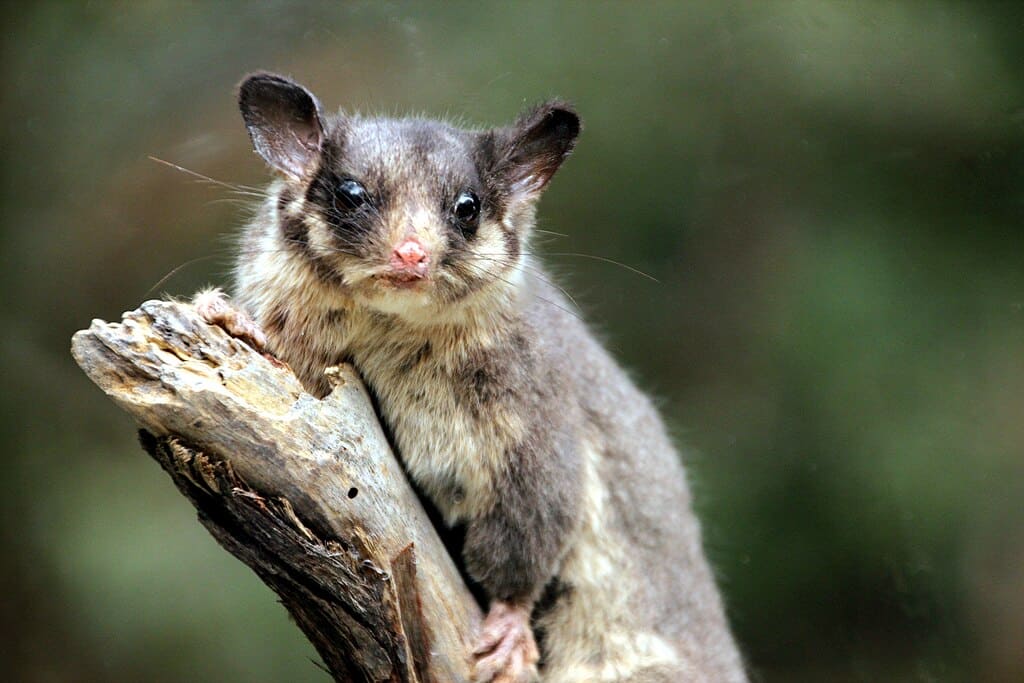In the alpine reaches of New South Wales’ Kosciuszko National Park, a remarkable discovery has rekindled hope for one of Australia’s most elusive marsupials. The Leadbeater’s possum, long believed extinct outside Victoria, has been spotted, marking a significant milestone in conservation efforts.
A Rediscovery in the Highlands
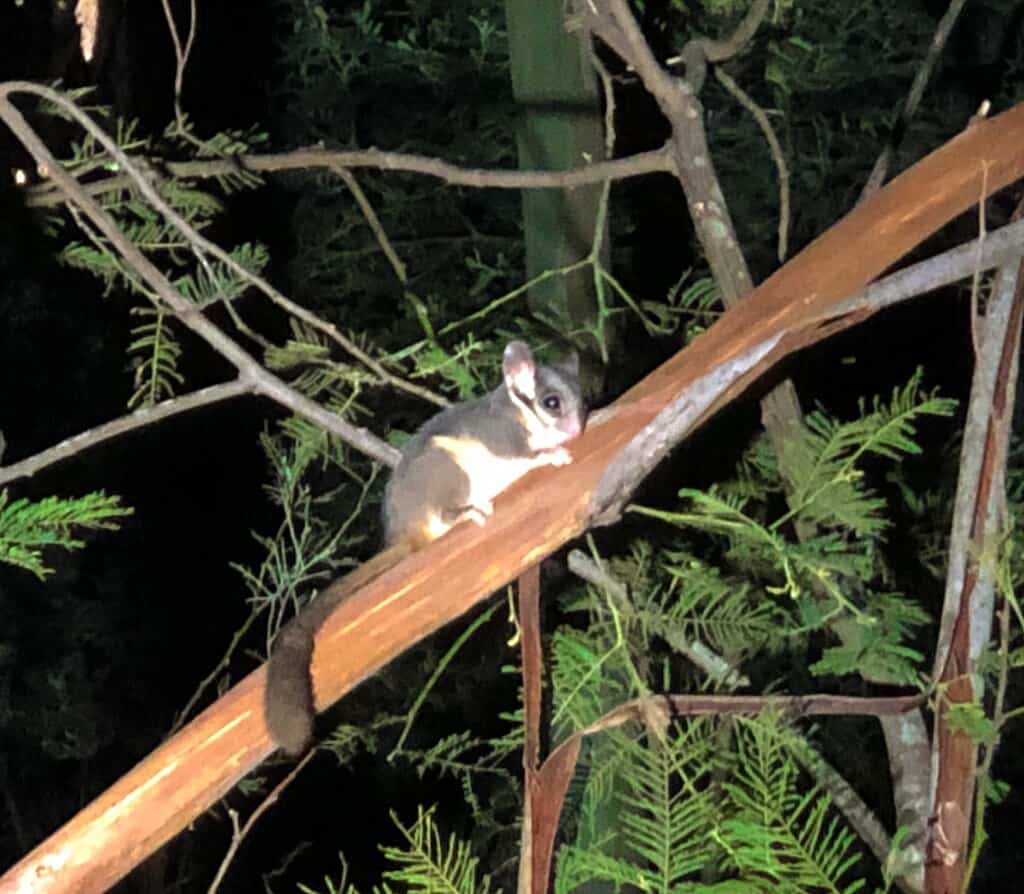
Once thought to be confined solely to Victoria, the Leadbeater’s possum has made a surprising appearance in New South Wales. Motion-activated cameras set up in Kosciuszko National Park captured seven images of the diminutive creature over a brief 10-second interval. This finding, confirmed by experts from Healesville Sanctuary and the Australian National University, places the possum at least 250 kilometers from its previously known habitat.
The Forest Fairy’s Habitat
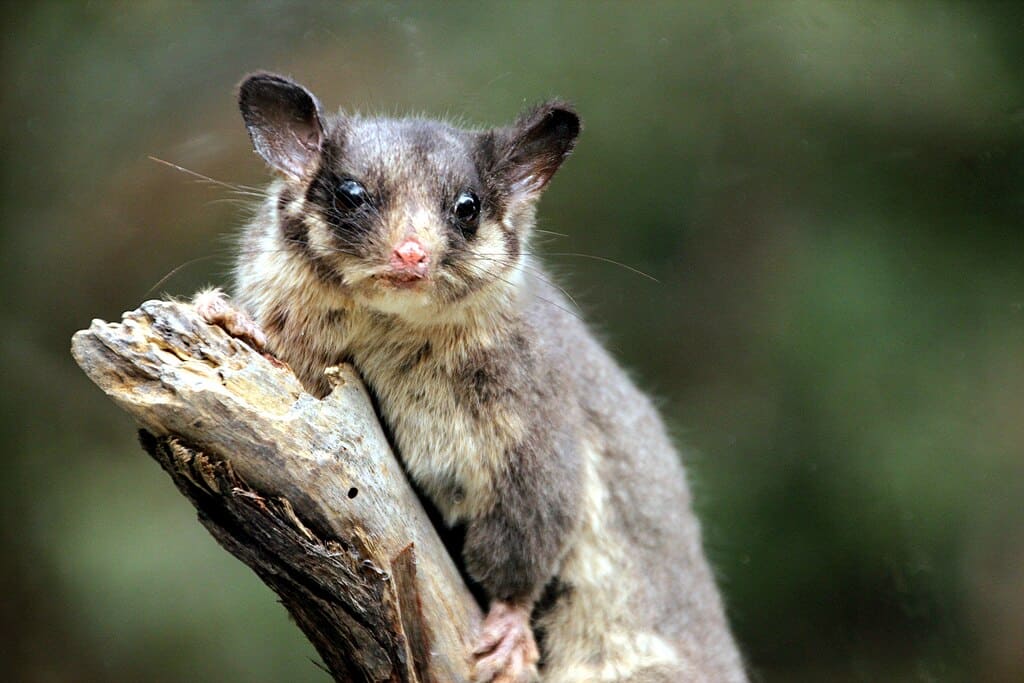
Nicknamed the “forest fairy” for its elusive nature, the Leadbeater’s possum is characterized by its large eyes and bushy tail. It thrives in dense, damp old-growth forests, nesting in tree hollows that can take over 150 years to develop. These specific habitat requirements have made the species particularly vulnerable to environmental changes.
A Testament to Conservation Efforts
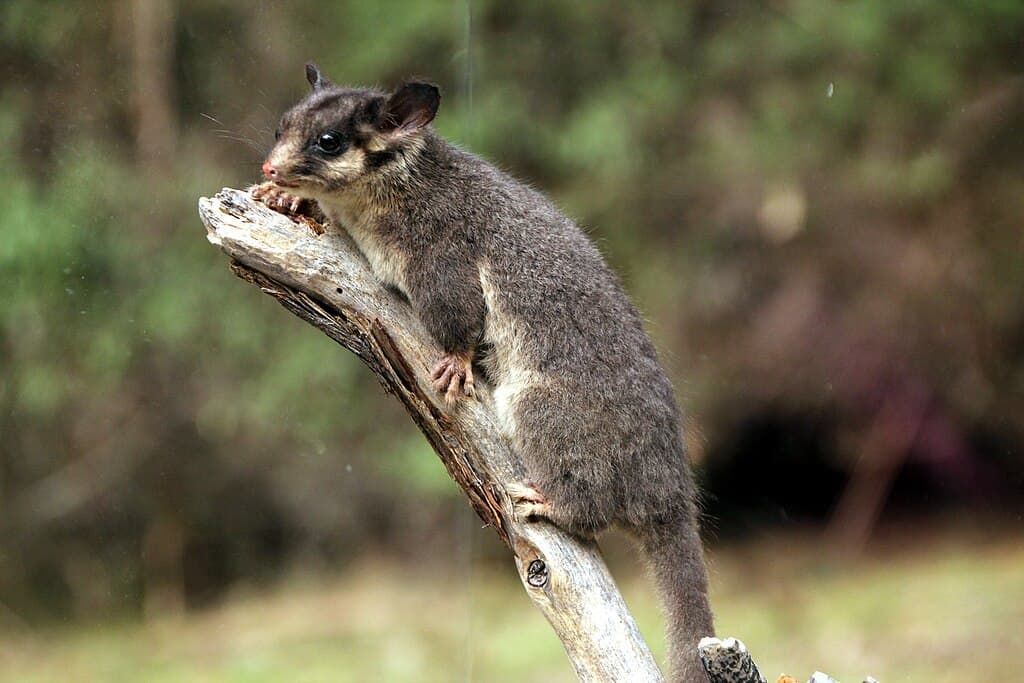
Dr. Fred Ford, a senior threatened species officer with the NSW Department of Climate Change, Energy, the Environment and Water, expressed astonishment at the discovery. “It was amazing to see that distinctive bushy tail waving among the rows of images on the screen,” he remarked. This unexpected find underscores the importance of continuous monitoring and the potential for species to persist in previously unrecognized habitats.
Implications for Biodiversity
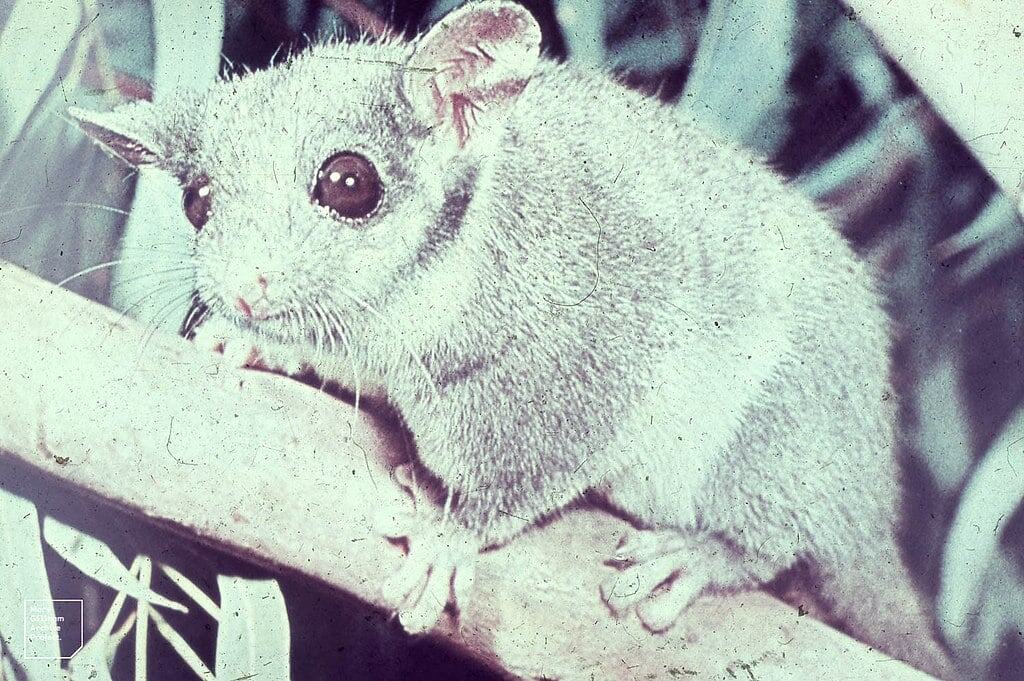
The presence of the Leadbeater’s possum in New South Wales not only expands the known range of the species but also highlights the ecological significance of Kosciuszko National Park. This discovery may prompt a reevaluation of conservation strategies and habitat protection measures in the region, ensuring the survival of this and other sensitive species.Wikipedia+3Impactful Ninja+3worldoceanobservatory.org+3
Community and Governmental Response
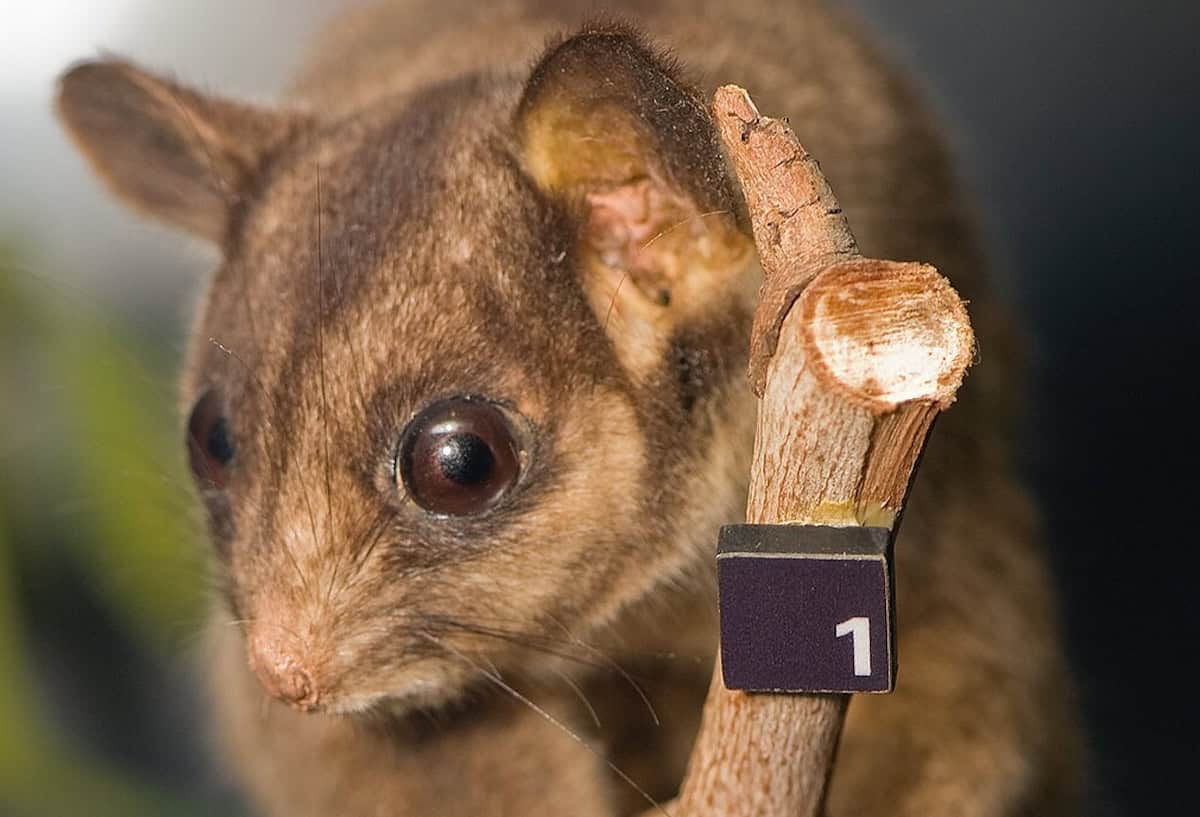
NSW Environment Minister Penny Sharpe lauded the dedication of ecologists involved in the discovery, stating, “This special find in Kosciuszko National Park once again highlights why the government is taking action to remove invasive species to protect Australia’s only mainland alpine region.” The government’s commitment to biodiversity conservation is further reinforced by such findings, emphasizing the need for ongoing environmental stewardship.
A Symbol of Hope
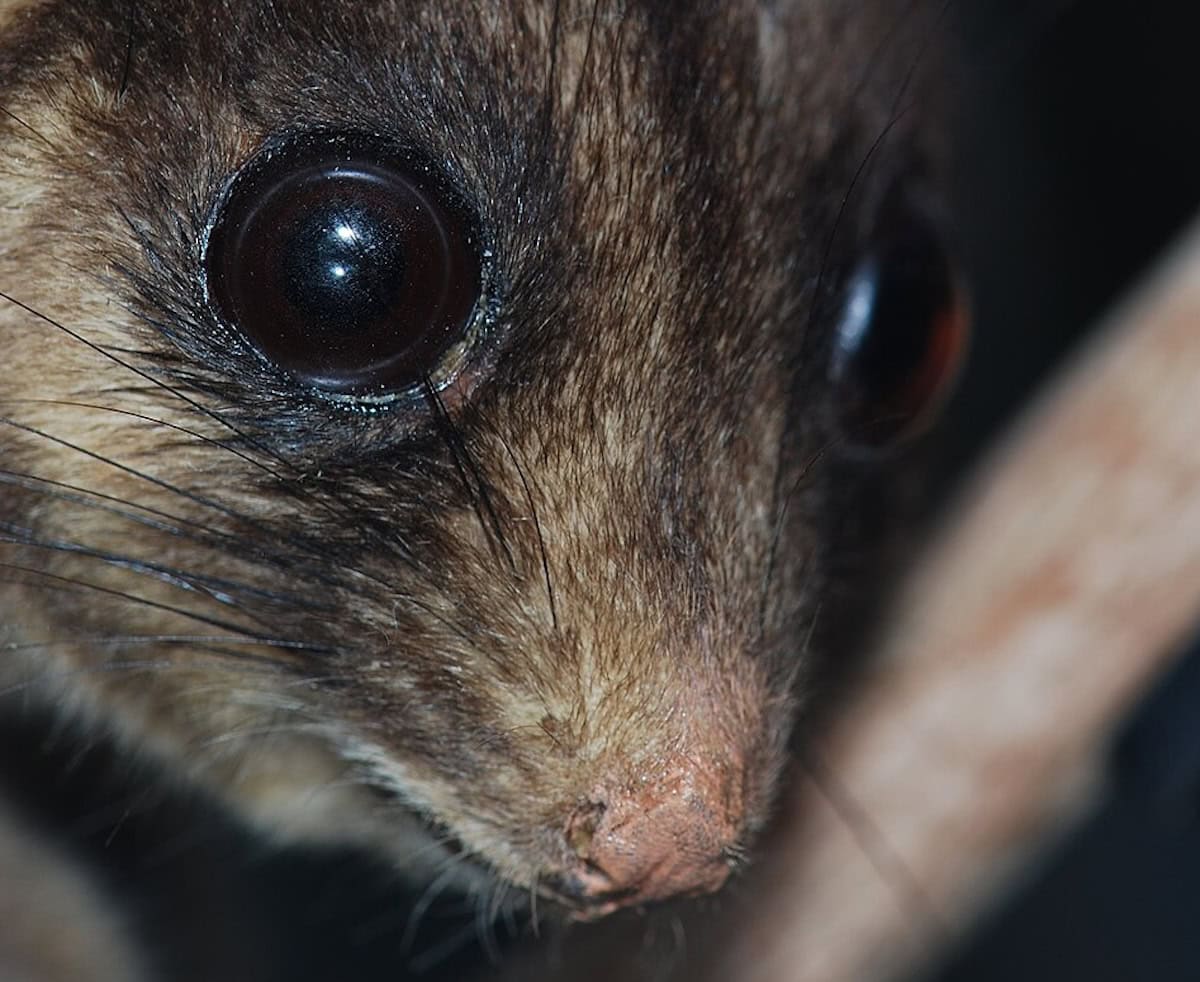
The unexpected sighting of the Leadbeater’s possum serves as a beacon of hope for conservationists and nature enthusiasts alike. It reminds us that nature often holds surprises and that diligent efforts in conservation can yield remarkable results. As we continue to explore and protect our natural world, such discoveries inspire renewed commitment to preserving the rich biodiversity that defines Australia’s unique ecosystems.
- Bigger Animals Are More Prone To Cancer New Research Discovers - August 19, 2025
- Grizzly Bear Gets Chased By A Moose - August 19, 2025
- A Day at the Beach Turns Alarming - August 19, 2025

